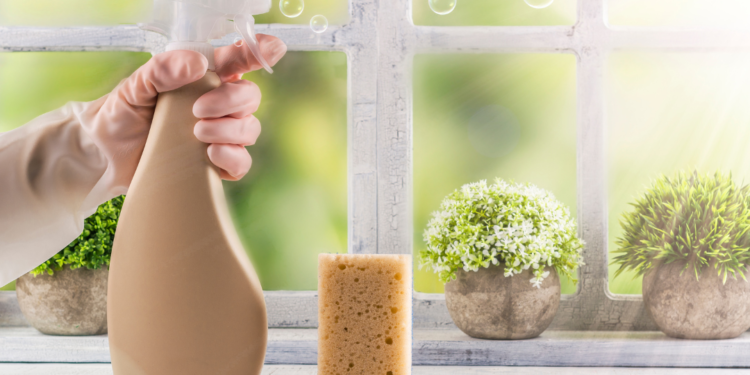Your home is your sanctuary, a place where you unwind, relax, and spend precious moments with loved ones. However, it can also harbor hidden toxins that may affect your health over time. From household cleaners to indoor air quality, detoxifying your home environment is an essential step toward promoting overall wellness. This blog will guide you through practical and effective ways to eliminate toxins and create a healthier living space for you and your family.
Understanding the Sources of Household Toxins: Many common items in your home can release harmful chemicals and pollutants. These include cleaning products, furniture, carpets, and even the paint on your walls. This section will outline where hidden toxins often come from and how they can impact health over time, such as causing respiratory issues, allergies, and other health concerns.
Switching to Non-Toxic Cleaning Products: Household cleaners are among the biggest culprits when it comes to introducing toxins into your home. This blog will provide easy, natural alternatives to commercial cleaners, such as:
- DIY All-Purpose Cleaner: A simple recipe using white vinegar, water, and essential oils.
- Baking Soda and Lemon Scrubs: Effective for tackling stubborn stains and odors.
- Castile Soap Solutions: A versatile and biodegradable option for dishwashing and surface cleaning.
Improving Indoor Air Quality: Airborne pollutants from dust, pet dander, mold, and volatile organic compounds (VOCs) can contribute to poor indoor air quality. This section will discuss how to improve the air you breathe:
- Houseplants: The best varieties for purifying the air, such as spider plants, peace lilies, and snake plants.
- Air Purifiers: Tips on choosing the right air purifier and how it can significantly reduce airborne toxins.
- Ventilation: Simple changes, such as opening windows and using exhaust fans, to increase air circulation.
Natural Ways to Freshen Your Home: Artificial air fresheners and scented candles often contain chemicals that can worsen indoor air quality. We’ll suggest healthier alternatives, such as:
- DIY Essential Oil Diffusers: How to create your own essential oil blend for a natural, pleasant scent.
- Herbal Sachets: Easy recipes for making sachets with dried herbs and flowers to place around your home.
- Simmer Pots: Tips for using water, citrus peels, and cinnamon sticks to create a warm, inviting scent.
Choosing Non-Toxic Furniture and Home Decor: Furniture, carpets, and paint can emit VOCs that compromise air quality. This section will cover:
- Low-VOC Paints and Finishes: Why choosing non-toxic paints and finishes is better for your health.
- Natural Fiber Rugs: The benefits of using rugs made from jute, cotton, or wool instead of synthetic materials.
- Sustainable and Safe Furniture: Tips for selecting furniture that doesn’t contain harmful chemicals like formaldehyde.
Avoiding Harmful Plastics and Chemicals: Plastics and certain kitchenware can leach harmful substances such as BPA and phthalates into your food and environment. We’ll explain why it’s important to reduce plastic use and suggest alternatives such as:
- Glass or Stainless Steel Containers: Why they’re safer options for food storage.
- Bamboo and Wooden Utensils: How switching to natural materials can make a difference.
Detoxifying Your Laundry Routine: Many laundry detergents and fabric softeners contain synthetic fragrances and harsh chemicals. This section will introduce:
- Homemade Laundry Detergent: An easy, eco-friendly recipe using ingredients like baking soda and washing soda.
- Wool Dryer Balls: A sustainable alternative to fabric softeners that reduces static and can be infused with essential oils.
Mindful Decluttering for a Healthier Space: Excess clutter can contribute to dust buildup and create a stressful environment. We’ll provide tips for decluttering effectively and mindfully, creating open spaces that promote peace and reduce allergens.
Tips for Long-Term Maintenance: Detoxifying your home environment is not just a one-time task; it’s a lifestyle shift. We’ll share tips on maintaining these healthy habits over time, such as periodically checking for mold, staying vigilant with natural cleaning practices, and replacing old items with non-toxic alternatives.
Creating a toxin-free home environment is a powerful step toward ensuring the health and happiness of everyone under your roof. By following these straightforward, practical tips, you’ll be on your way to enjoying a cleaner, safer, and more serene living space that supports your well-being. Dive into this blog and discover how simple changes can make a significant impact on your quality of life.











